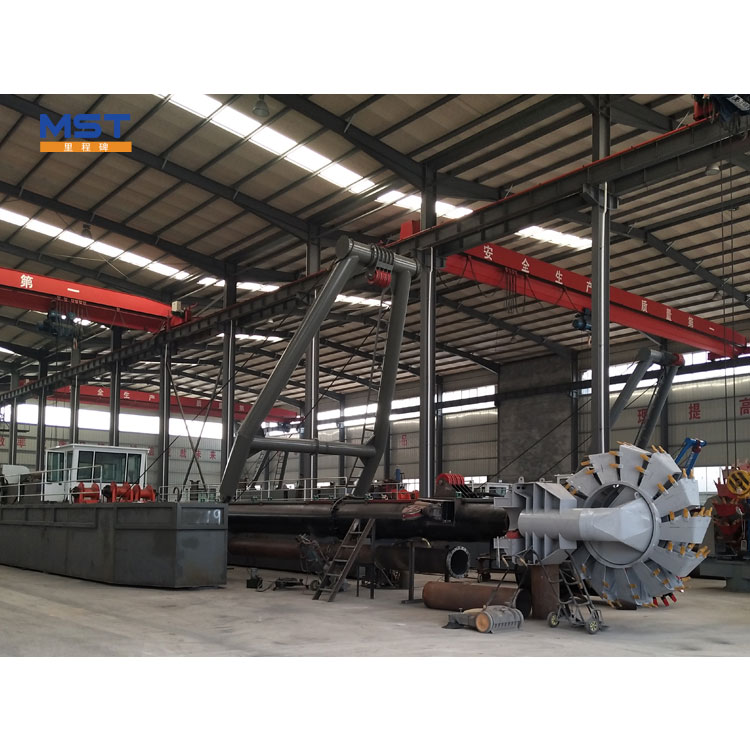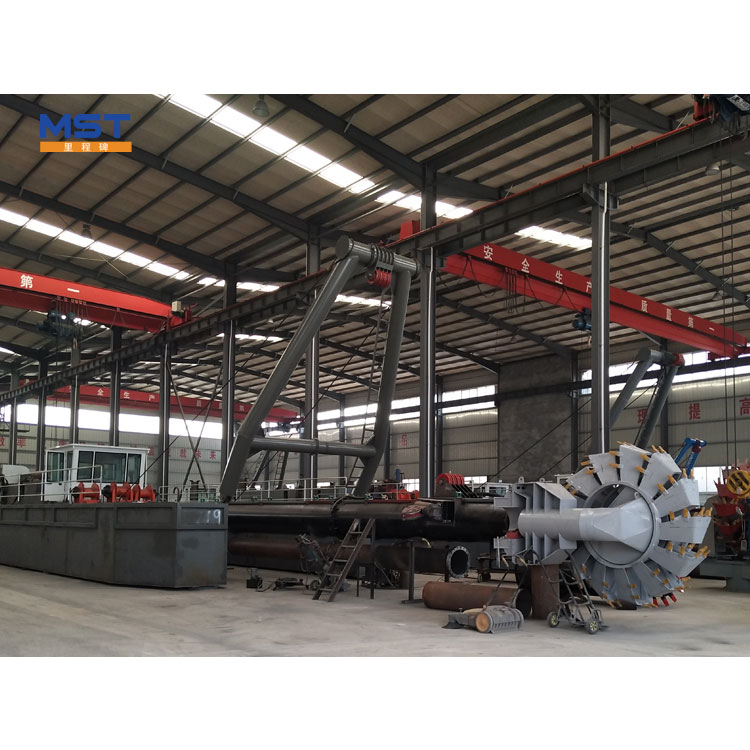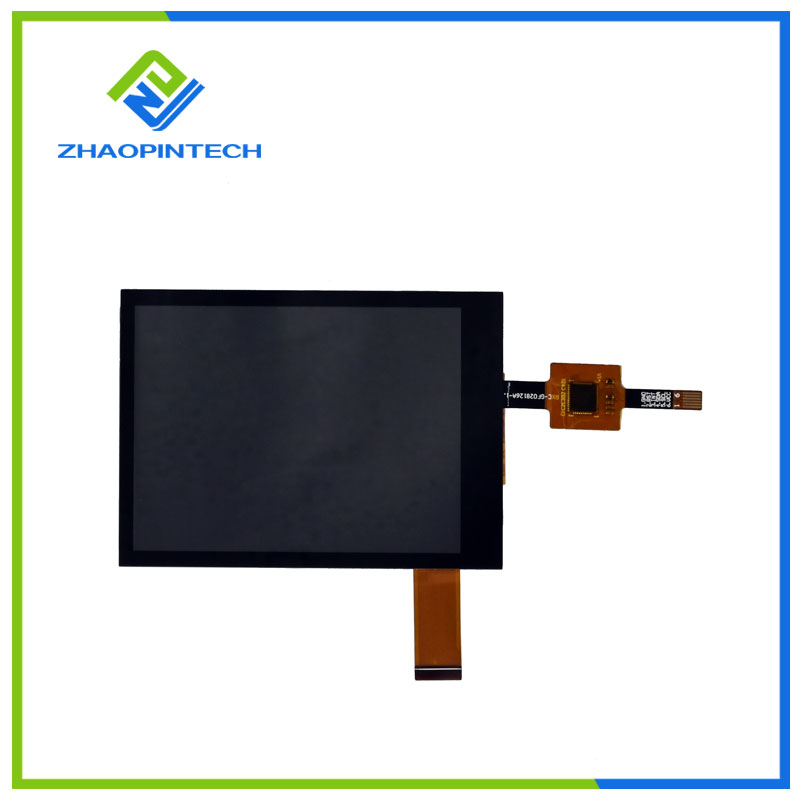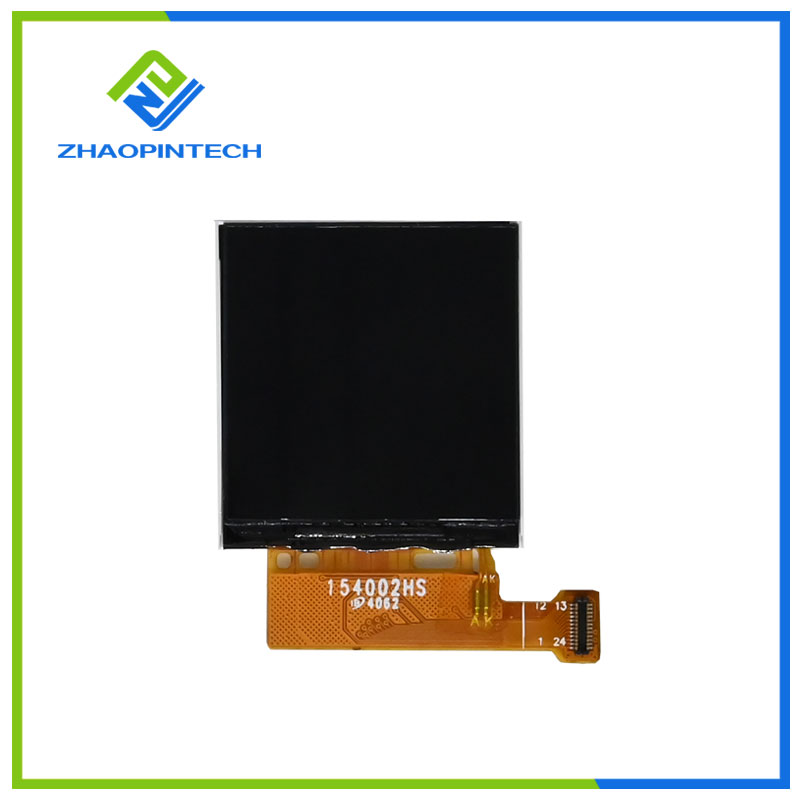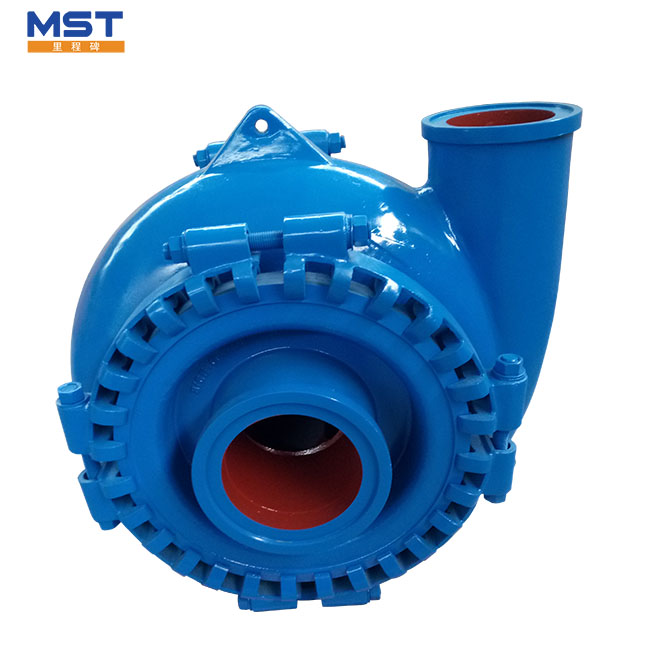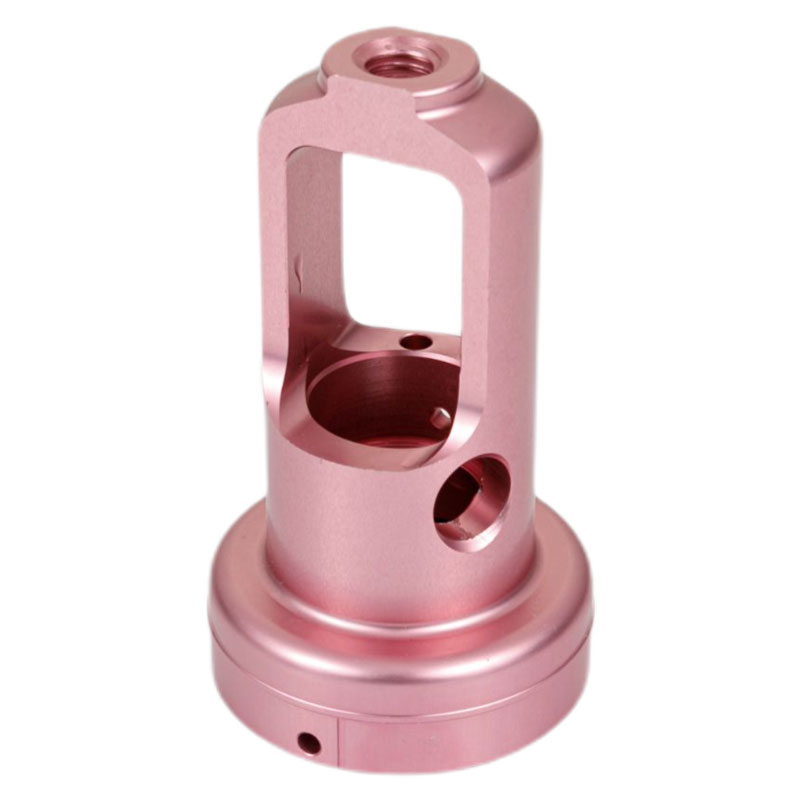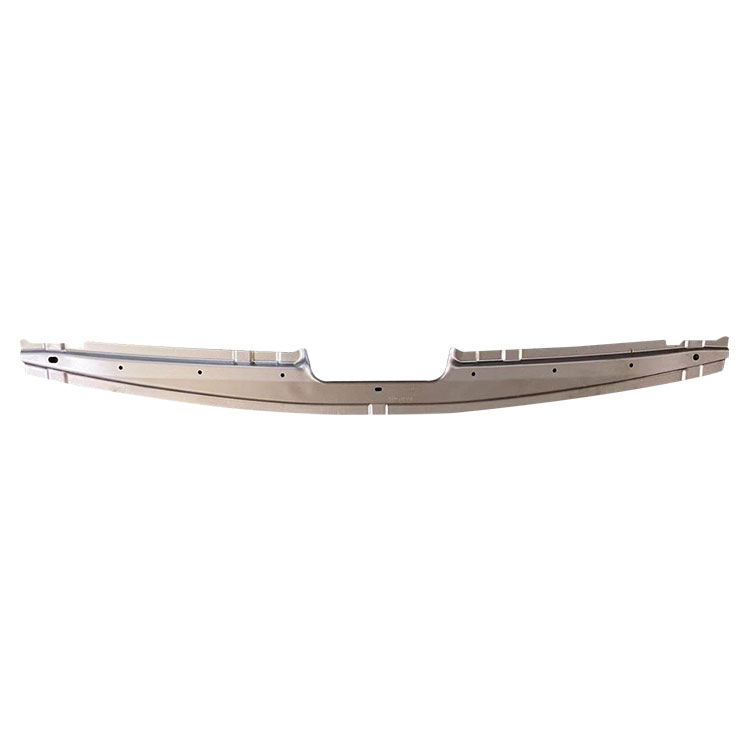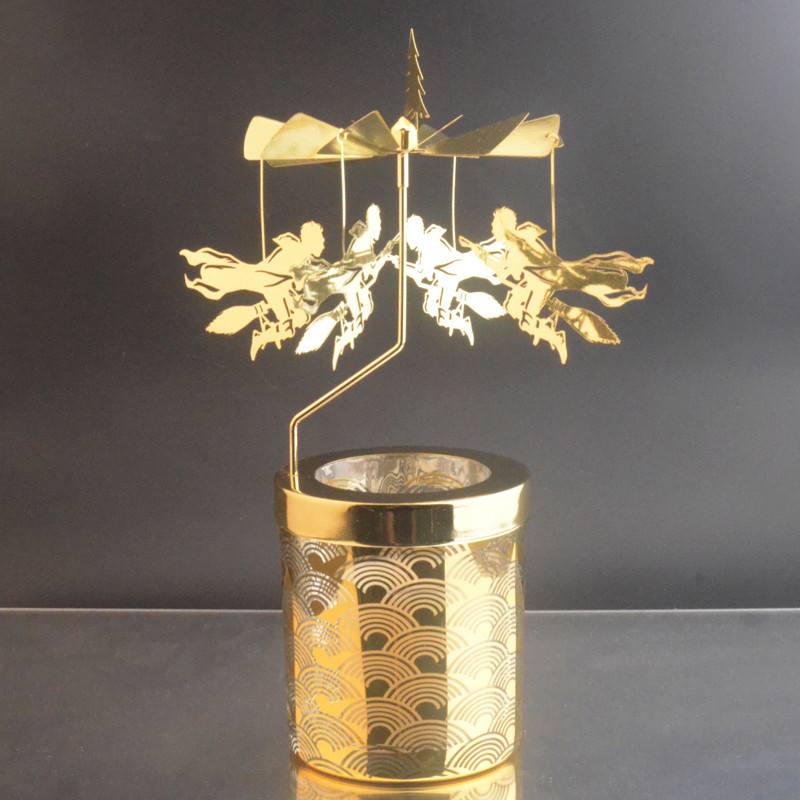Dredging methods of bucket dredgers
Bucket dredgers are mainly used to dig out various types of silt, gravel, boulders, and other materials from the seabed, but can also be used for channel dredging, wharf construction, and seabed engineering excavation.1. Quincunx dredging methodFor the situation where the soil is soft and the thick......
Send Inquiry
Product Description
Bucket dredgers are mainly used to dig out various types of silt, gravel, boulders, and other materials from the seabed, but can also be used for channel dredging, wharf construction, and seabed engineering excavation.
1. Quincunx dredging method
For the situation where the soil is soft and the thickness of the mud layer is not great, in order to improve the work efficiency and ensure the quality of the project, the plum blossom dredging method is often used, that is, a certain interval is left between the buckets, so that the excavated mud surface is in the shape of For plum-shaped pits, in the actual construction, according to the size of the water flow and the softness of the drawings, the distance between the buckets should be reasonably determined, and the excavation depth should be well controlled.
2. Top beach dredging method
Both the upper and lower reaches of short excavated trenches in the shoal are limited by the construction draft, and the construction cannot be carried out along the shoreline, so the top beach dredging method must be used. Use the high tide level to excavate a trench forward in layers so that the barge will not be grounded. When the tide falls, the dredger moves to the starting point for excavation, and the dredger and the barge shift gears to each other. When the high tide level is reached, the excavation continues in layers. , and wait until the tide ebbs again, if it does not affect the draught of the mud barge, you can continue to dig or dig the next layer. If the dredging continues, the draft of the barge will be affected until the dredger and the barge are shifted to each other, and the dredging is completed by this method.
3. Leaving ridge dredging method
When the water depth permits, the dredging method is adopted to advance in order by jumping one level and retreating one level, which is called the dredging method of leaving ridges. That is, after digging the first level, enter the third level, after digging the third level, retreat to the second level, and after digging the second level, jump to the fifth level. This kind of digging method, when the first, third, and fifth levels are dug, the second and fourth levels left behind are soil ridges, which are easy to grasp and dig.
4. Slope dredging method
Bucket dredgers cannot excavate relatively flat slopes through the driver's operation like cutter suction dredgers, so they can only adopt layered excavation methods, relying on water flow to affect natural collapse and finally form slopes. The excavation height of the steps should be 1.0–2.5 m. The excavation of the slope should not only consider the super-width value, but also consider the adaptation of the grab bucket to the dredged soil and rock, so the excavation depth becomes smaller as you go down, and the height of over-excavation should be greater than the height of under-excavation; The layer is preferably approximately the same as the main dredging layer, and the specific data needs to be calculated.
